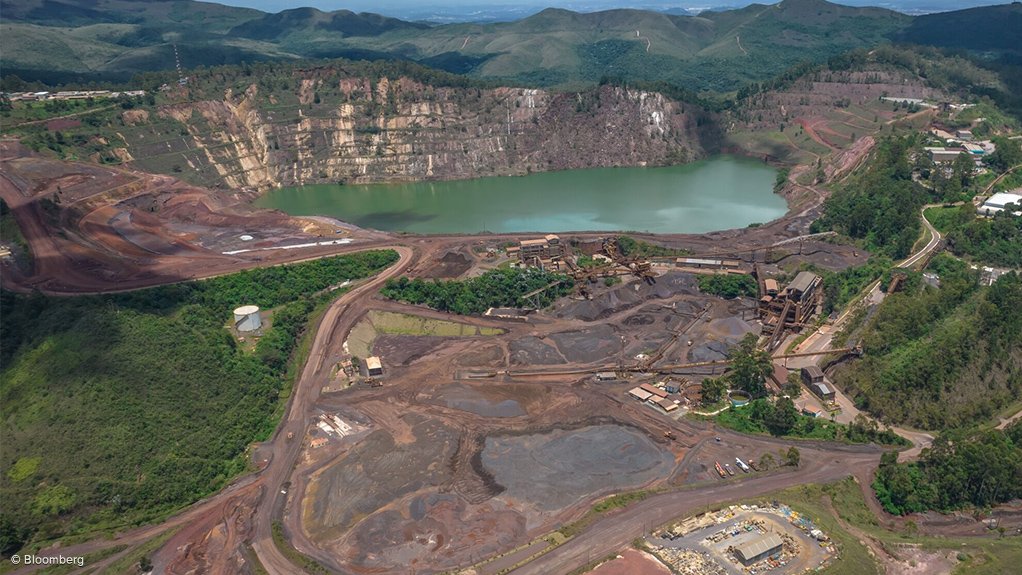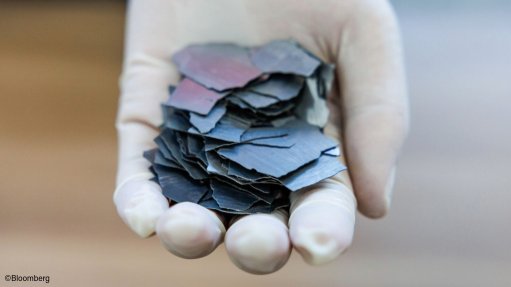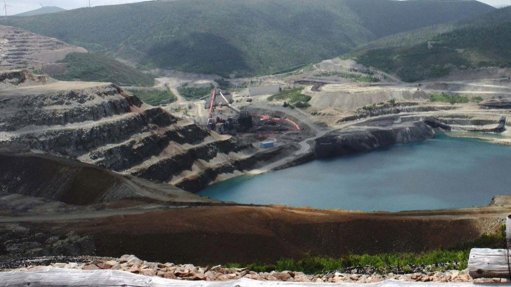Major progresses TSF declassification programme


MINING THAT MATTERS Vale's Mutuca mine's (pictured) tailings storage facility has been certified as stable, allowing its emergency level classification to be lifted
An additional two tailings storage facilities (TSFs) of Brazilian iron-ore major Vale have been certified as stable, positively progressing from their ‘emergency level’ of classification by the National Mining Agency (ANM).
The 5-Mutuca dam, located in Nova Lima, and the Dique de Pedra dam, located in Ouro Preto – both in Brazil, have received a positive Declaration of Stability (DCE), certifying their safety.
With these two structures, 15 of the company’s TSFs have left the emergency level since 2022.
However, Vale notes that none of the 16 remaining Vale TSFs still classified on an emergency level are being operated to receive more tailings.
The company reports that all its upstream TSFs are in the process of de-characterisation, and the structures are being continuously monitored and are subject to ongoing safety improvement activities.
Vale explains that the 5-Mutuca TSF has a reservoir of about 523 000 m2 and was built using the downstream raising method.
Although this TSF is active, receiving sediments from nearby structures, it no longer receives tailings.
The 5-Mutuca TSF underwent geotechnical investigations and laboratory tests that confirmed the safety and stability conditions of the dam, allowing the emergency level to be lifted and a positive DCE to be issued.
The Dique de Pedra TSF, which is inactive and receiving no tailings, has a reservoir area of about 65 000 m2 and was constructed using the single-stage method.
The structure has undergone adjustments and re-evaluations by the engineer of record (EoR), who confirmed the favourable safety condition of the dam, resulting in the issuance of a positive DCE and the lifting of its emergency level.
Dam Management, Safety
Vale says it has been hard at work to improve the management and safety of its TSFs, contributing to a more sustainable mining cycle in Brazil that is safer for people, the environment and its employees.
Since 2019, the company has invested more than R$9-billion in its Upstream Dam De-Characterisation Programme.
Of the 30 structures covered by the programme, Vale reports that 15 have already been eliminated, with the miner targeting to have no TSFs at the maximum emergency level by 2025.
In May this year, the B3/B4 dam in Macacos, Nova Lima, Brazil, was fully de-characterised, becoming the first Vale dam to be eliminated after reaching Emergency Level 3.
The company invested more than R$80-million in the development of technologies to ensure that the de-characterisation of the B3/B4 TSF was carried out with a focus on safety for people and the environment.
In August, the Sul Superior TSF, located at the Gongo Soco mine, in Barão de Cocais, Brazil, had its level reduced from Emergency Level 3 to Emergency Level 2 in the Integrated Mining Dam Management System of the ANM.
In addition, Vale has adopted the Global Industry Standard on Tailings Management (GISTM), which aims to ensure zero harm to people and the environment throughout the life cycle of TSFs.
Launched in 2020 as an initiative of international environmental organisation United Nations Environment Programme, the UN’s support network Principles for Responsible Investment, and CEO-led mining leadership organisation ICMM, the GISTM was the first global standard in the mining sector and a global milestone for TSF safety.
Vale states that its main TSFs are monitored 24 hours a day, seven days a week by the company’s Geotechnical Monitoring Centres, in addition to regular inspections by internal and external teams that act promptly when preventive or corrective actions are needed.
Article Enquiry
Email Article
Save Article
Feedback
To advertise email advertising@creamermedia.co.za or click here
Announcements
What's On
Subscribe to improve your user experience...
Option 1 (equivalent of R125 a month):
Receive a weekly copy of Creamer Media's Engineering News & Mining Weekly magazine
(print copy for those in South Africa and e-magazine for those outside of South Africa)
Receive daily email newsletters
Access to full search results
Access archive of magazine back copies
Access to Projects in Progress
Access to ONE Research Report of your choice in PDF format
Option 2 (equivalent of R375 a month):
All benefits from Option 1
PLUS
Access to Creamer Media's Research Channel Africa for ALL Research Reports, in PDF format, on various industrial and mining sectors
including Electricity; Water; Energy Transition; Hydrogen; Roads, Rail and Ports; Coal; Gold; Platinum; Battery Metals; etc.
Already a subscriber?
Forgotten your password?
Receive weekly copy of Creamer Media's Engineering News & Mining Weekly magazine (print copy for those in South Africa and e-magazine for those outside of South Africa)
➕
Recieve daily email newsletters
➕
Access to full search results
➕
Access archive of magazine back copies
➕
Access to Projects in Progress
➕
Access to ONE Research Report of your choice in PDF format
RESEARCH CHANNEL AFRICA
R4500 (equivalent of R375 a month)
SUBSCRIBEAll benefits from Option 1
➕
Access to Creamer Media's Research Channel Africa for ALL Research Reports on various industrial and mining sectors, in PDF format, including on:
Electricity
➕
Water
➕
Energy Transition
➕
Hydrogen
➕
Roads, Rail and Ports
➕
Coal
➕
Gold
➕
Platinum
➕
Battery Metals
➕
etc.
Receive all benefits from Option 1 or Option 2 delivered to numerous people at your company
➕
Multiple User names and Passwords for simultaneous log-ins
➕
Intranet integration access to all in your organisation

















